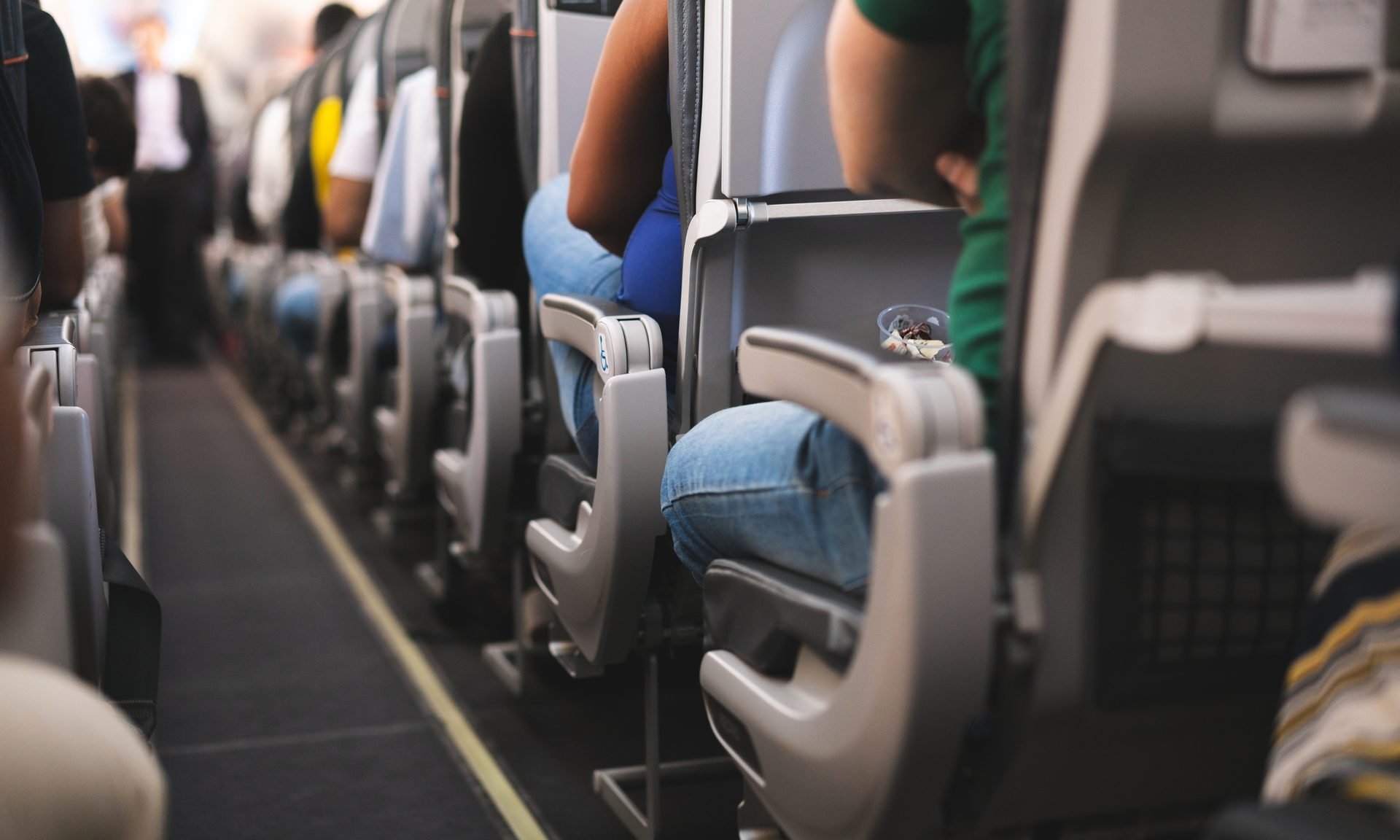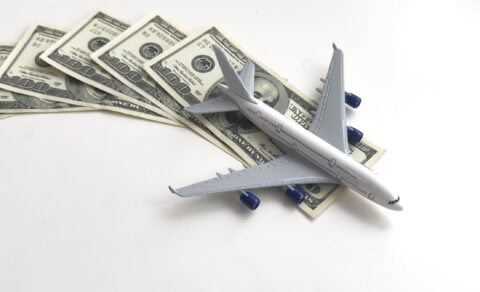The New Rules of Airline Loyalty Programs
Airline loyalty programs often keep members in the dark about how much their points and miles are worth.

Many or all of the products on this page are from partners who compensate us when you click to or take an action on their website, but this does not influence our evaluations or ratings. Our opinions are our own.
The free flights and elite status perks offered by airline loyalty programs are ultimately designed to do one thing: Get you to spend more money with the airline.
But in the past few years, these programs have gotten a lot more complicated and less rewarding. Gone are the days of simply earning miles or elite status based on how far or how often you fly. Today, the “Big Four” U.S. airlines — American Airlines, Southwest Airlines, Delta Air Lines and United Airlines — all reward customers based on how much they spend.
Ganesh Sitaraman, a law professor at Vanderbilt University and the author of “Why Flying is Miserable," joined NerdWallet’s Smart Travel podcast to discuss how airline loyalty programs have evolved.
“In some ways, they're not really frequent flyer programs at all. They're big spender programs,” Sitaraman said.
That's because loyalty programs have become an important source of revenue for airlines. According to aviation consulting firm IdeaWorksCompany, total revenue from the top 10 airline loyalty programs was $32.2 billion in 2023, an increase of almost 19% from 2022. Delta Air Lines alone reported earning nearly $2 billion last year through its partnership with American Express.
But strategic flyers can still enjoy the best parts of these loyalty programs while avoiding their pitfalls. Here’s what you need to know.
Airline miles and points are a currency
Members of airline loyalty programs earn "miles" or "points," and then cash those in for award flights or other benefits. Miles and points are the currency that frequent flyer programs are built on.
“The airlines create points really out of nothing, and then they sell them for real money to banks that have co-branded credit cards,” Sitaraman said. “The result is that airlines, in some ways, are kind of like banks or quasi-banks… Airlines issue currency, the points, and they get to decide how much that currency is worth and what it can be spent on.”
Sitaraman says one of the biggest problems for flyers is that they don’t know the value of their points and miles. Airlines don’t publish that information, and it’s typically not a fixed value across all redemptions. For example, a $100 flight might cost 10,000 miles (meaning each mile is worth 1 cent for that redemption) while a $400 flight might cost 20,000 miles (meaning each mile is worth 2 cents).
NerdWallet analyzes the cent-per-point value of hundreds of award flights to calculate how much points and miles are worth. Using these types of estimates can help flyers decide whether to use their miles or to pay in cash instead, or whether to buy points.
Get the 'Cheat Codes' to Cheaper Travel
Unlocking the secret to saving a ton on travel is easier than you think. 📤 Our free newsletter shows you how in 5 min. or less.

It’s smart to spend your miles regularly
Since airline miles fluctuate in value, it’s easy for airlines to quietly raise the price of flights in points, which means your rewards are worth less.
“[Airlines] can reduce the value of the things you can get for the points,” Sitaraman said. “And so one of the things that we've seen is the changing value over time in these point systems.”
That’s why flyers should try to use their miles regularly, instead of stockpiling them. Miles generally devalue, meaning the flight for a dream trip to Europe might cost more miles in three years than it would this year. Not to mention, some programs’ miles expire after a certain period of inactivity.
You lose out on rewards without a travel credit card
Sitaraman explains that people with good credit scores who can pay off their credit card bills in full each month would be missing out if they don't use a credit card that earns rewards.
“The credit card company takes a cut of every one of these [card transactions],” Sitaraman said. “And so what the point system is like is almost getting a little kickback.”
Typically, travel cards let you earn one or two points per dollar spent, with more on certain bonus categories. Cardholders can then redeem those points for travel or other types of rewards.
Choosing a travel credit card that fits your budget and goals, though, is crucial. Airline cards may offer benefits like free checked bags and priority boarding, but they also limit cardholders to earning points with just one airline loyalty program.
A more flexible strategy is to get a general travel credit card that earns transferable points. These points can be transferred to multiple airlines or hotels' loyalty programs, often at a 1:1 ratio. That way, when an airline loyalty program inevitably raises the number of miles required to book award flights, you will have a stash of rewards that you can transfer to other programs that may provide better redemption rates.
Just make sure to pay off your credit card bill in full and on time. Late fees and high interest rates on rewards cards can eat into — and often fully negate — the value of any rewards earned. If you're planning to carry a balance, focus on paying off your debt with a card offering a 0% APR promotion or low interest rate, instead of earning rewards with airlines.
To learn more about the origins of airline loyalty programs and what flyers can do today to improve the flying experience, listen to Ganesh Sitaraman’s full interview on the Smart Travel podcast.
How to maximize your rewards
You want a travel credit card that prioritizes what’s important to you. Here are some of the best travel credit cards of 2025:
- Flexibility, point transfers and a large bonus: Chase Sapphire Preferred® Card
- No annual fee: Wells Fargo Autograph® Card
- Flat-rate travel rewards: Capital One Venture Rewards Credit Card
- Bonus travel rewards and high-end perks: Chase Sapphire Reserve®
- Luxury perks: American Express Platinum Card®
- Business travelers: Ink Business Preferred® Credit Card
Article sources
NerdWallet writers are subject matter authorities who use primary,
trustworthy sources to inform their work, including peer-reviewed
studies, government websites, academic research and interviews with
industry experts. All content is fact-checked for accuracy, timeliness
and relevance. You can learn more about NerdWallet's high
standards for journalism by reading our
editorial guidelines.
More like this
Related articles







